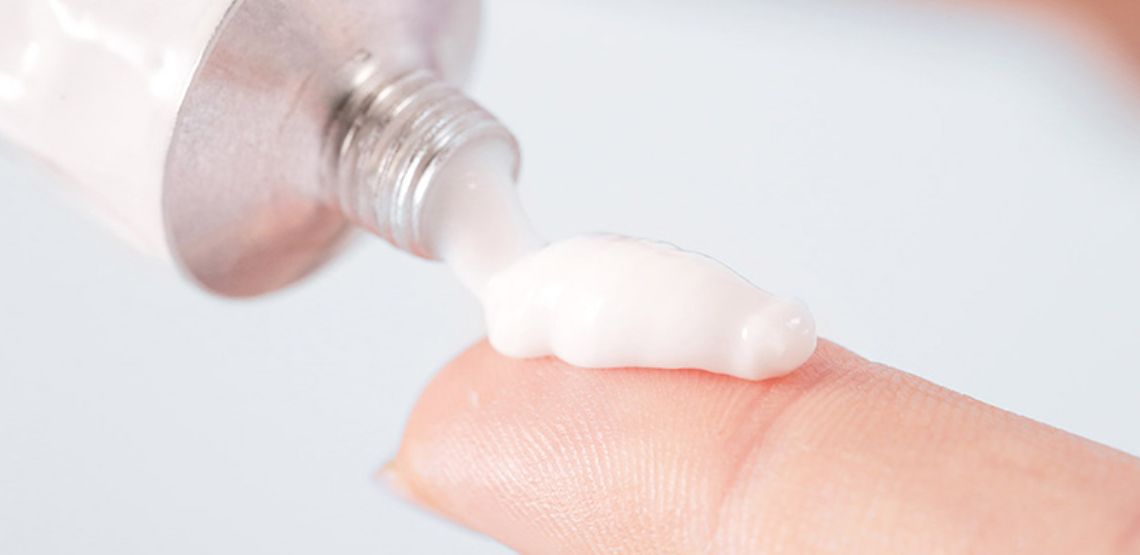Vaginal Estrogen Therapy for Menopause Symptoms
In this article, we’ll be discussing one type of hormone replacement therapy – vaginal estrogen therapy – so that you can gain a better understanding and determine if it’s the right option for you. We'll also look at Myfembree, a medication for women going through menopause. It helps by reducing the symptoms that can come with menopause, like hot flashes and vaginal dryness.
Warning Signs of Menopause
Warning signs and common symptoms of menopause:
- Irregular menstrual periods.
- Hot flashes or night sweats.
- Vaginal dryness and discomfort.
- Mood swings and irritability.
- Insomnia or sleep disturbances.
- Decreased libido.
- Fatigue and reduced energy levels.
- Changes in skin and hair texture.
- Memory problems or cognitive changes.
- Weight gain, particularly around the abdomen.
- Changes in breast tissue.
- Urinary incontinence or increased urinary urgency.
Hormones 101: Estrogen and Progesterone
Estrogen and progesterone are the two main reproductive hormones in the female body, which constantly fluctuate depending on your stage of life. These two hormones are responsible for the changes that occur during your menstrual cycle, as well as during pregnancy and menopause.
During puberty, the levels of estrogen and progesterone rise, resulting in the development of secondary sexual characteristics, including your first period, breasts, pubic hair, hair under the armpits, etc.
Conversely, during menopause, the levels of estrogen in the body drop rapidly, resulting in various changes in the body including the cessation of your menstrual cycle, hot flashes, night sweats, weight gain, as well as skin and hair changes, among others.
What is Vaginal Estrogen Therapy?
Hormone replacement therapy is a commonly used treatment method for women during menopause so that they can go through this stage of life more comfortably. Hormone replacement therapy introduces the required amounts of estrogen and progesterone hormones into the body via different routes.
For hormone replacement therapy using estrogen, there are vaginal estrogen therapy options, as well as systemic estrogen options.
Vaginal estrogen therapy aims to improve blood flow, thickness and elasticity to the vaginal walls by applying estrogen directly to the vaginal area. This type of therapy is most commonly recommended for menopausal and postmenopausal women who are suffering from vaginal dryness, itching and pain during sexual intercourse as a result of decreased estrogen levels.
Vaginal estrogen therapy is an effective treatment for atrophic vaginitis, which is a common problem that is experienced by postmenopausal women.
Patients using vaginal estrogen therapy should be advised that this type of treatment is aimed to relieve vaginal symptoms, and does not help with other menopausal symptoms such as hot flashes, night sweats, etc. A different type of hormone replacement therapy, systemic hormone replacement, needs to be used to manage these other symptoms.
What is Low-Dose Vaginal Estrogen Therapy?
When it comes to vaginal estrogen therapy, a woman can choose from a variety of low-dose vaginal estrogen therapy applications including vaginal creams, vaginal rings and vaginal tablets. The type of therapy depends on the severity of symptoms, as well as patient preference.
Commonly recommended vaginal estrogen therapy options include:
- Topical estrogen cream: This cream is inserted via an applicator into the vagina. This cream is typically used daily for a period of one to three weeks, followed by one to three times a week after the initial treatment period.
- Vaginal estrogen tablet: A tablet is inserted via an applicator into the vagina. The frequency and duration of treatment are determined by the physician.
- Estrogen-releasing ring: A flexible, soft ring that releases a constant dose of estrogen is inserted into the upper part of the vagina. The ring needs to be replaced about once every three months.
What are the Possible Side Effects?
Vaginal estrogen therapy is considered to be among the safest forms of hormone replacement therapy available for the treatment of vaginal symptoms during menopause including dryness, itching, burning and pain with intercourse.
The risk of serious adverse reactions is unlikely for women using low doses of vaginal estrogen therapy. Mild side effects such as nausea and vomiting, breast tenderness, bloating, headache and/or weight changes may occur.
Myfembree
Myfembree is indicated for the management of moderate to severe pain associated with endometriosis. It works by blocking the action of GnRH receptors, reducing the production of certain hormones that contribute to endometriosis.
Should You Try It?
Menopause is an unavoidable period in any woman’s life, and it’s also a time during which women often struggle with uncomfortable symptoms and body changes due to serious hormonal imbalances. If you’re going through menopause, you know how life-changing the symptoms can be. Luckily, hormone replacement therapy is available to help you through this difficult transition.
Vaginal estrogen therapy is a type of hormone replacement therapy that is directly applied to the vaginal area.
This type of therapy is quite effective for treating menopausal and post-menopausal women suffering from symptoms such as vaginal itching, burning, dryness and pain during intercourse; however, it does not treat additional menopausal symptoms such as hot flashes and night sweats.
The good news is that vaginal estrogen therapy provides effective results with minimal side effects, so it’s one of the safest hormone replacement therapies available.
